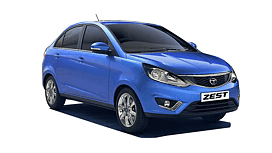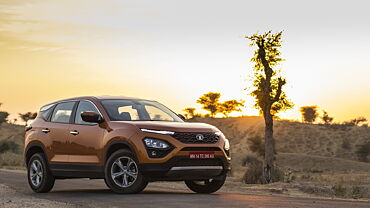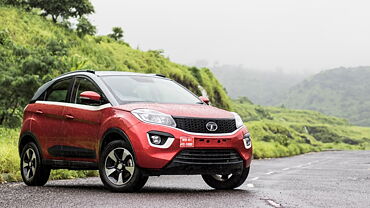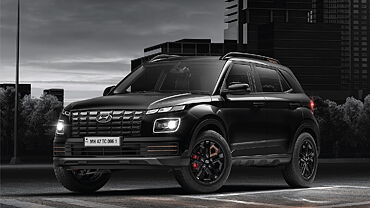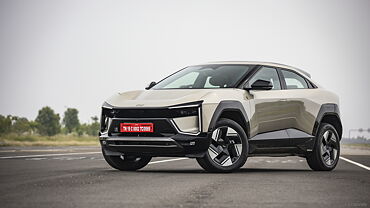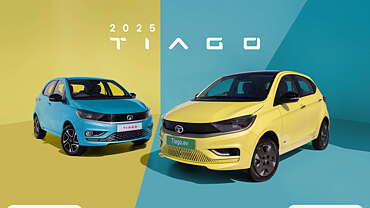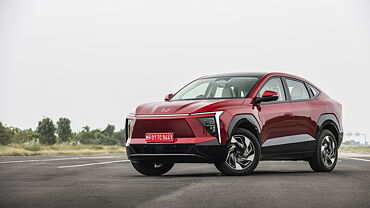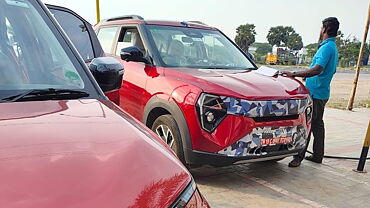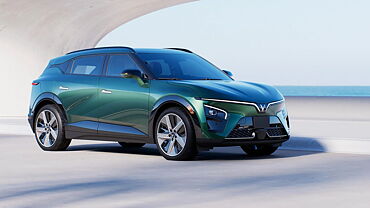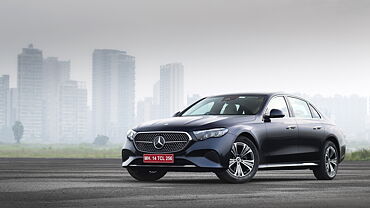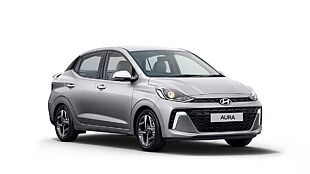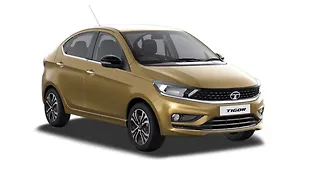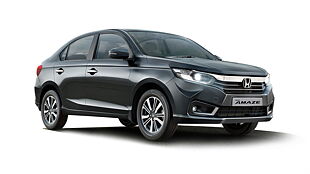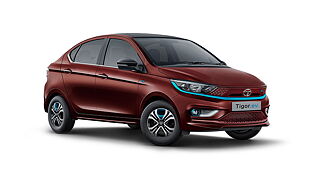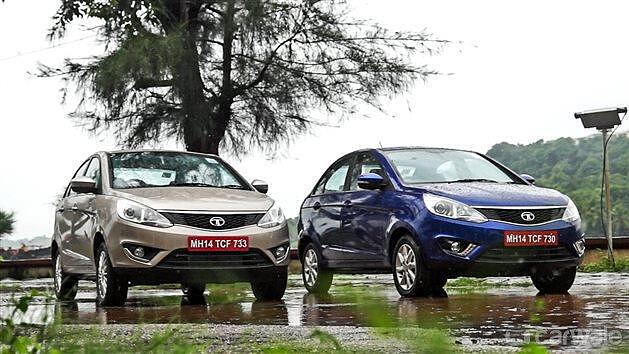
Tata Motors has laid out a definitive plan under which it will launch two new cars every year till 2020, with the aim of revamping its product line-up in India. This was revealed by Mr. Girish Wagh, Sr. VP, programme planning and project management, Tata Motors at the launch event of their latest product, the Zest compact sedan.
Mr. Wagh said that the company will not just launch updated versions of its current products, but will also enter completely new segments. The company has a structured plan in place to bring in new products with existing as well as new platforms and phase out the outdated ones. As for this year, the Zest will now be followed by its hatchback version, the Bolt.
Tata Motors has been traditionally associated with rugged utility vehicles like the Sumo and Safari, though in the last few years, the market’s demand has moved on to more ‘softer’ vehicles. Mr. Wagh said that while they are developing products for this segment, they won’t let go of their ‘rugged’ image and are planning to make a comeback in this segment. At the 2014 Delhi Auto Expo earlier this year, the company had showcased the Nexon concept, which will form the base for the company’s first crossover.
The Nano has been a downer for the Tata Motors, though the company isn’t ready to give up on the car yet. Despite being a brilliant city car, the tagline of ‘cheapest car’ has done far more damage than good to the Nano. Mr. Wagh said that despite this, the company is working on changing the car’s image and by adding a host of new features they will position it as a ‘smart city car’. The Nano has already received power-steering and the company further plans to add the AMT gearbox and an openable hatch to its features list.
While Mr. Wagh refused to acknowledge the existence of the Kite hatchback, earlier reports have suggested that the company is planning to field its rival to the Ford Figo and the Maruti Suzuki Celerio in the second half of the next year.
The Indigo CS was the pioneer of compact sub-four metre sedan segment in India, though the car failed to make a mark in the segment owing to the stiff competition from its rivals, the Honda Amaze and the Maruti Suzuki Swift Dzire. Tata, however, hopes to turn the tables with the new Zest as it has projected it as a completely new car, rather than a revised version of some old product. Going by the sheer amount of effort that the company has spent in engineering the product, there is no doubt that the Zest is indeed a giant leap for the company.
Besides improving their products’ exposure, the company has also worked on enhancing the quality of products as well as improving customers’ buying and after sales experience. The Zest will be offered with an annual maintenance contract of three years/45,000kms along with a free 24x7 roadside assistance service for three years. With this, Tata aims to improve its image in terms of maintenance and reliability, the two parameters which have been Tata's Achilles' heel.

